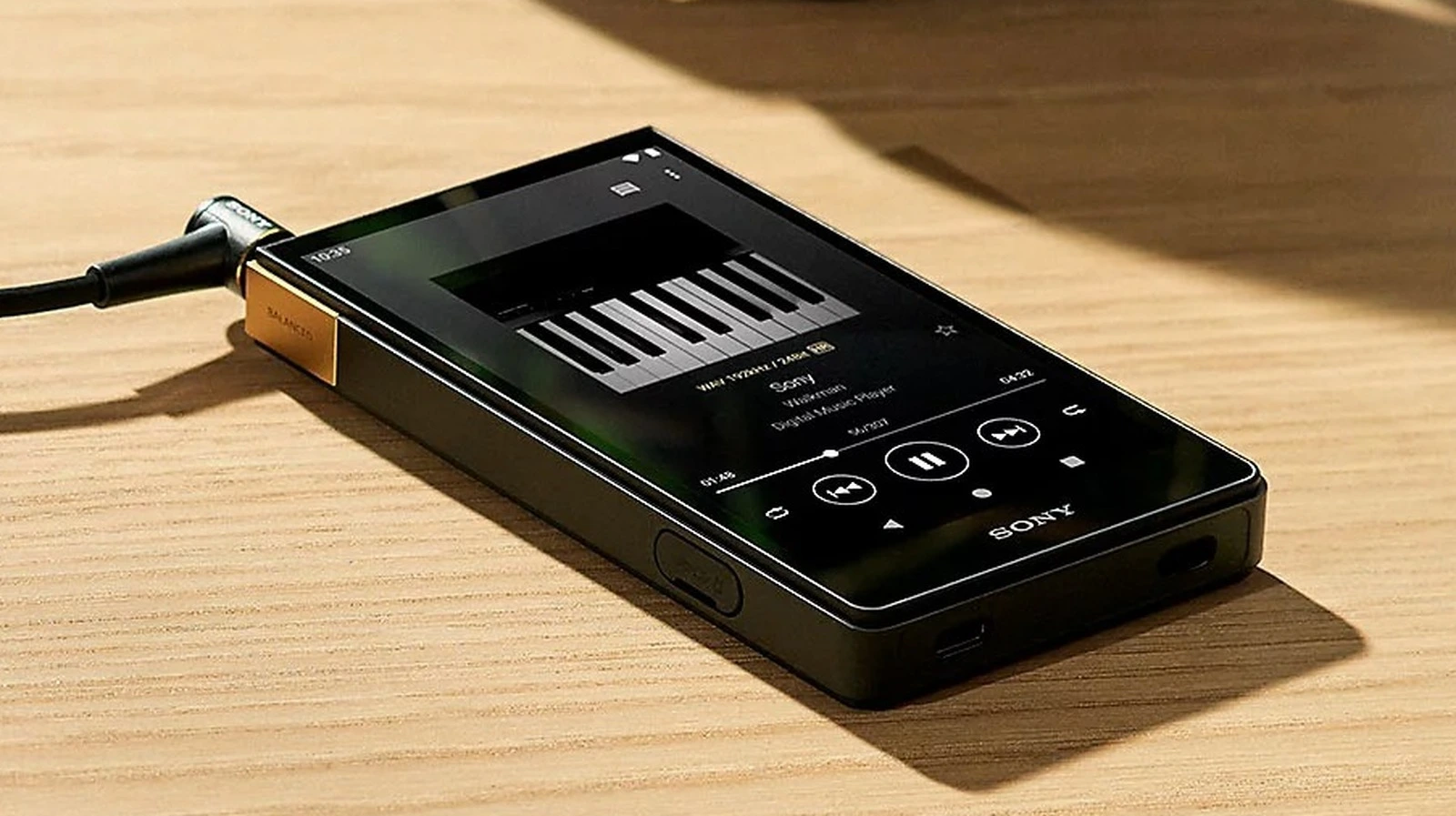The new Sony Walkman costs more than you think, here's why
The new Sony Walkman costs more than you think, here's why

The New Sony Walkman Costs More Than You Think - Here's Why

The new Sony Walkman costs more than you think, here's why

The New Sony Walkman Costs More Than You Think - Here's Why

You're viewing a single thread.
This feature ensures the NW-ZX707 can transform standard MP3 or PCM audio to the ultra-high frequency 11.2 Mhz DSD audio stream.
That doesn't make a lot of sense to me.
The NW-ZX707 also gets Sony's proprietary digital music processing technologies, including the DSEE Ultimate technology, developed in-house to restore compressed music files to the quality of a CD by interpolating sound algorithms.
And it makes even less sense if your starting audio has actually thrown out data in frequencies that humans can hear by using lossy compression there, even if we aren't terribly sensitive to those.
MHz refers to the samples per second, not the pitch. CD audio for example is 16-bit/44.1kHz. What that means is there are 16-bits of sampling (audio) taken 44,100 times per second. DSD on the other hand is 1-bit samples taken 11.2 million times per second, this is referred to as DSD256. What that translates to is a digital wave that looks a lot closer to an analog wave than a CD does. It has nothing to do with the frequency of listening in this case.
If you'd like to learn more, check this out.
You should also check this out: https://www.youtube.com/watch?v=cD7YFUYLpDc
I think this article covers it more succinctly https://en.wikipedia.org/wiki/Nyquist%E2%80%93Shannonsamplingtheorem
edit:
also relevant: https://en.wikipedia.org/wiki/Delta-sigmamodulation#
Here is an alternative Piped link(s): https://piped.video/watch?v=cD7YFUYLpDc
https://piped.video/watch?v=cD7YFUYLpDc
Piped is a privacy-respecting open-source alternative frontend to YouTube.
I'm open-source, check me out at GitHub.
Yeah the entire article smells like gold plated HDMI cables from Monster, as if that somehow improves the quality of digital signals.
Sony has judiciously used gold across the internals of the NW-ZX707, including its solder and reflow solder elements, to further improve sound localization.
Gold has a higher resistivity than copper. Resistance adds noise. It's probably just for corrosion resistance.
Another reason audiophiles have come to appreciate the NW-ZX707 is something called the vinyl processor that lends the unmistakable character of vinyl discs back to their digital tracks.
So they further distort the sound to replicate lower quality equipment? They're definitely not making it sound more like the original by introducing vinyl artifacts.
This is some serious hobbyist pricing bait, but I can't judge since I've got my own dumb expensive hobbies.
This feature ensures the NW-ZX707 can transform standard MP3 or PCM audio to the ultra-high frequency 11.2 Mhz DSD audio stream.
I think the article is just incorrect. Sony probably means it can just decide .dsf files. And you are confusing 1 bit DSD with 16 bit PCM. The most common DSD format is DSD64 2.8Mhz which is equivalent to 16 bit /176khz, 24 bit/117khz, or 32 bit/ 88.2khz. And the microphones and instruments do work at these high frequencies.
No, the product page mentions the "DSD Remastering Engine", which says the same thing as the article. They probably just mean they're using a 1-bit DAC, and are trying to pass that off as a selling point. Although the article did lose the "1-bit" part.
Then I stand corrected, although the article does conflate DSD decoding with The "remastering engine". Just cause it can decode it doesn't mean it can resample PCM into DSD. Those are 2 seperate features.
the benefit of sampling above 20khz is that you can even out the signal over a period of time which will make it more accurate for frequencies up to 20khz. you will get a noisy signal but all the noise is in frequencies you can't hear.
you also need to consider how the voltage is generated. in general there are limits regarding how quickly can voltage surge. e.g. you can't reproduce a square wave properly in most cases after amplification. in the end this makes dsd much less relevant.
you also need to consider that the reproduction is not perfect and neither is the recording. e.g. a square wave will not be captured properly
edit: I forgot to mention that the slew rate limit has a parallel on the speaker/headphone membrane but it's much worse than the amp since it's a physical object with momentum.
Let me add that I don't think that we are at the end-all-and-be-all of audio. I can hypothetically imagine things that might be done if one threw more money at audio playback that would create a better experience than one can get today.
My point is that I think that there are remaining areas for audio hardware companies to explore to try to create better experiences. I just don't think that playing audio at a sampling frequency hundreds of times above the frequencies that humans can hear is really a fantastic area to be banging on.
you’d need to have 3D location information available about the individual sources in the audio
Isn't that what Atmos is supposed to do. Although currently we don't have personalized HRTFs for it.